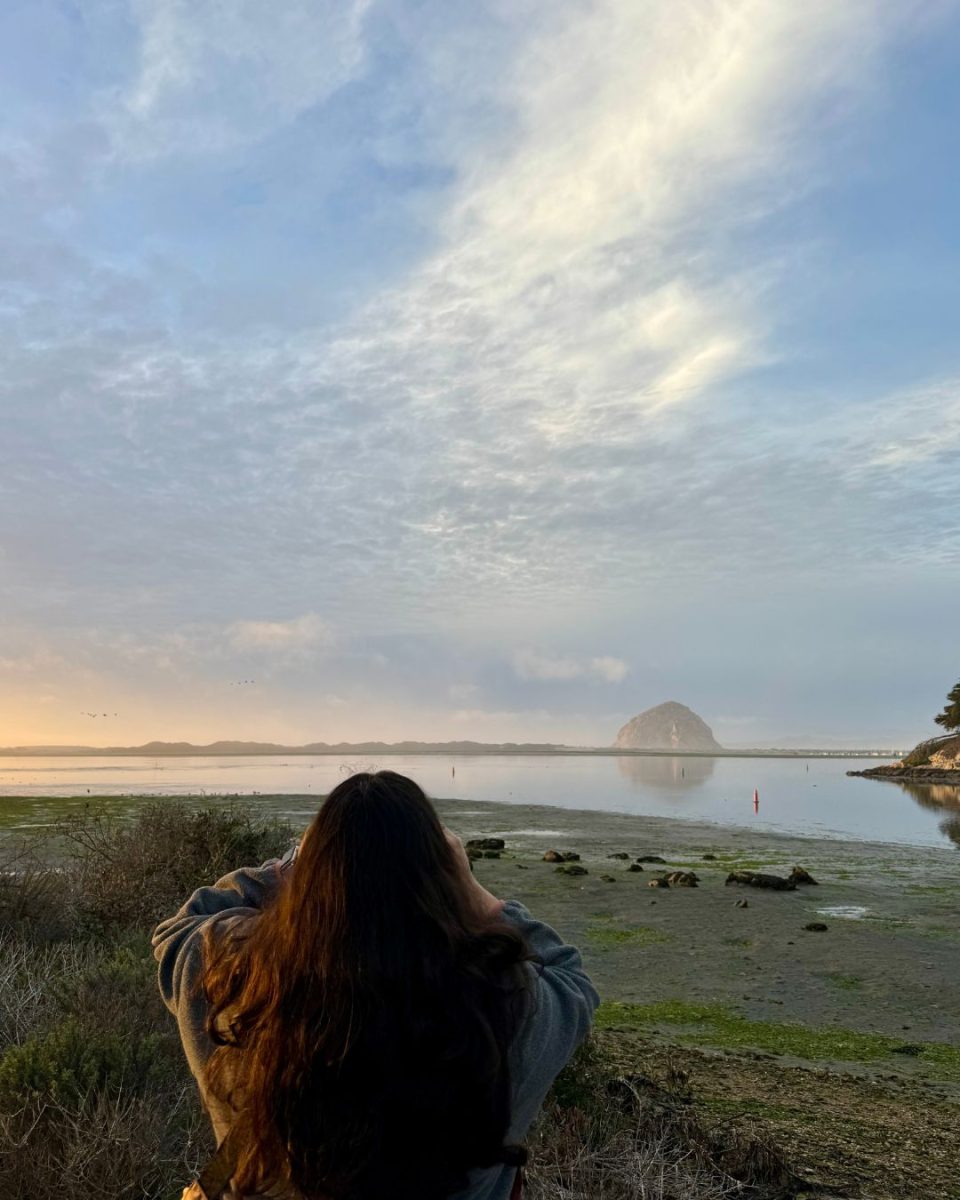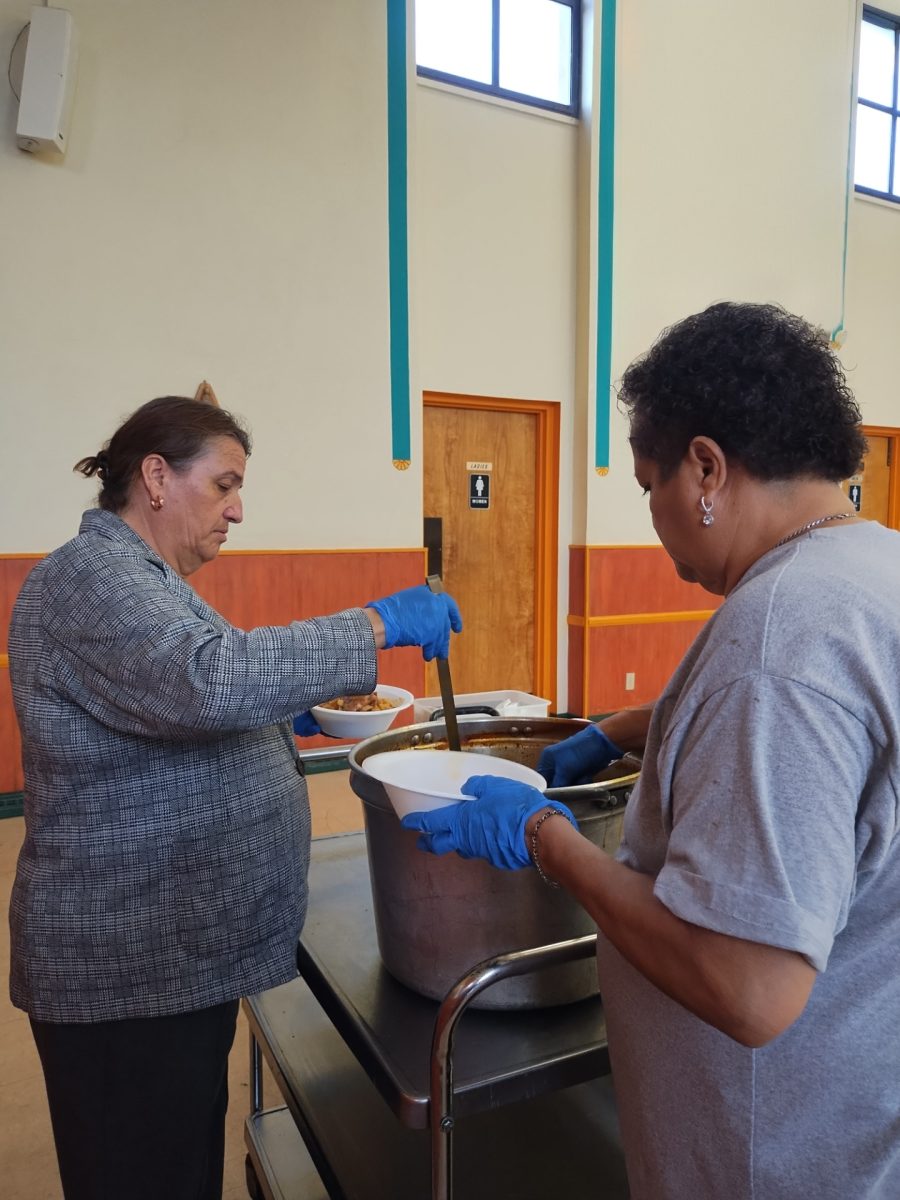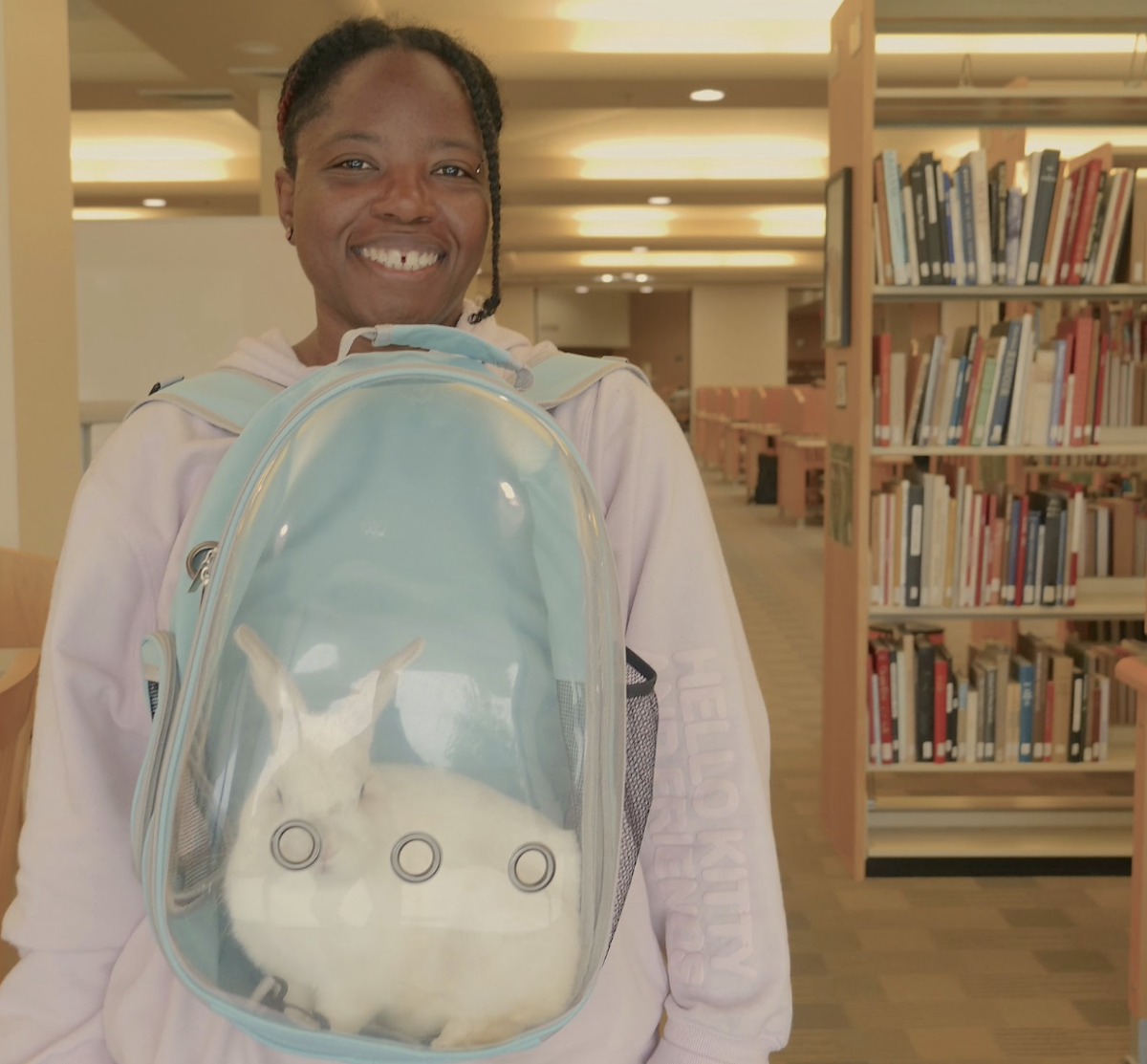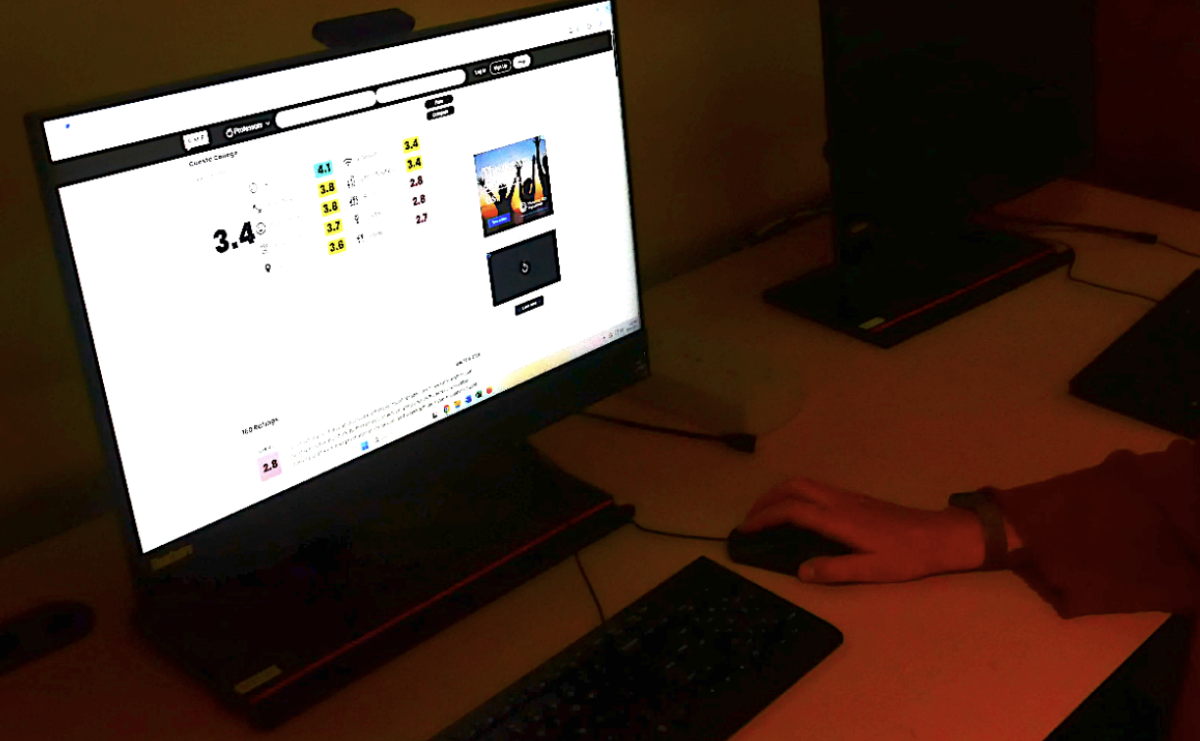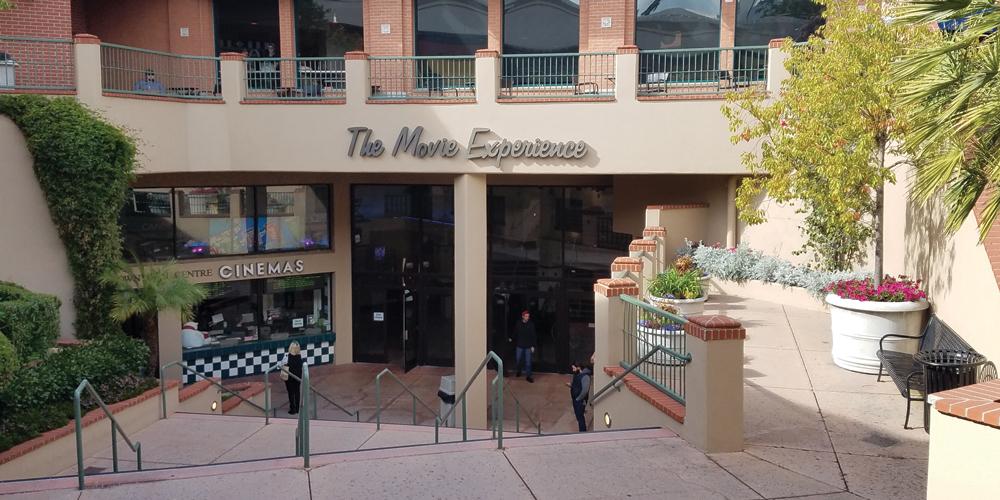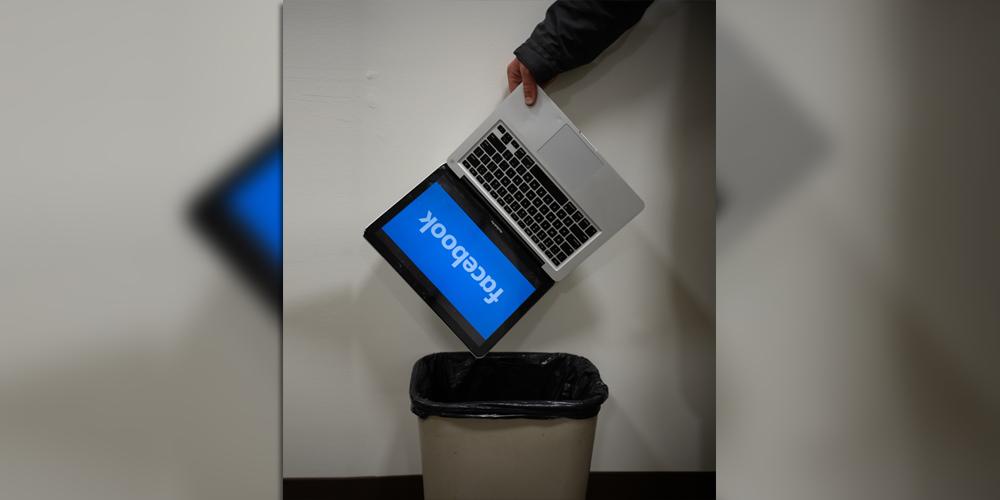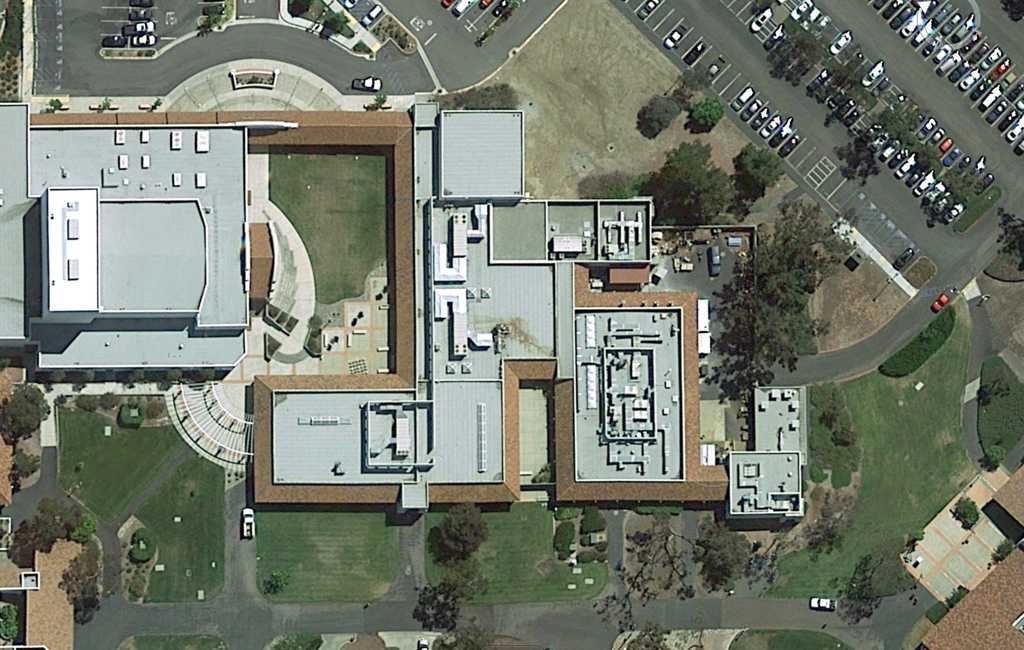Cuesta political science instructor Kari Hall teaches a class for inmates at the Lompoc Prison.
Photo courtesy of Federal Bureau of Prisons
By Allison Turner
Opinion Editor
One of Cuesta’s newest instructors has reached out beyond the borders of the campus to inmates behind the bars of Lompoc Federal Correctional Institution.
Kari Hall is a political science teacher to 35 “rowdy†low-security inmates who are seeking higher education for degrees, certificates or personal growth.
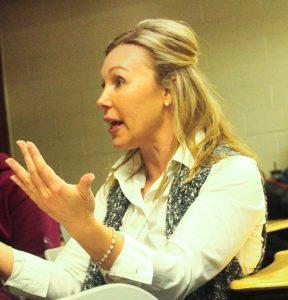
Photo by Shannon Cardella / Cuestonian Photographer
The inmate students pose problems unlike a traditional college classroom due to the segmented prison culture, Hall said.
“I don’t have to to understand [their] prison politics, this is my class†Hall said. “I wear a black suit every week, my hair slicked back, I try to look like a correctional officer, that’s my goal.â€
Hall was initially concerned that her status as a woman who is 5 foot 2 inches would not be taken seriously among her class of all-male inmates.
She has been teaching at the federal prison since last fall, where her traditional classroom has been replaced by a small room locked behind five security doors with no WiFi and a singular emergency phone.
On her first day of class this semester, Hall started off by calling in the guard to remove assertive inmates who weren’t on her roster.
By Hall’s firm control and unique structure of the class, she required inmates to work together who traditionally would have disagreed out on the prison yard.
The lack of technological influences had inspired the inmates to make connections of their own experiences inside the institution–and in turn “write pages and pages of original thinking.â€
The curriculum offered inside the facility mirrors that of Hall’s Cuesta classes, and even influenced the coursework for her Cuesta students such as studies of controversial court cases.
The political science discipline is in itself a controversial topic, according to Hall.
“We’re talking about the government, and institutions and laws, and now we’re moving into civil liberties and civil rights, and [the inmates] don’t have any right now.â€
The course had encouraged inmates to move beyond their initial prison conflicts through hands-on group activities as a part of Hall’s teaching method.
Her teaching method involved “flipping the class,†where students study material beforehand, then bring their own meaning to class for discussion.
According to research conducted by Hall, this model encourages students to “activate their brains†and retain more information.
By participating in more group discussions and incorporating multimedia elements into the lecture, students internalize over 70 percent of the material, her research showed.
In contrast, students only retain 10 percent of the information learned from lecture based teaching styles, the study stated.
Hall received her first master’s degree in teaching with an emphasis on learning theory. She began experimenting with how to bring the graduate school style class discussion to community college students.
“The mission for a community college is to serve diverse students and create an equal playing field,†said Hall. “I feel like, as an instructor, it’s my responsibility to create an opportunity for students to engage in civic discourse and to have a forum of communication.â€
Hall hopes this style of learning will also teach students how to assume different roles in academic discussion.
“[I] do it to make a difference,†Hall said. “When they asked me, I said if I’m going to make a difference, if I really believe in it, I can’t really say I’m not going to be making a difference.â€




